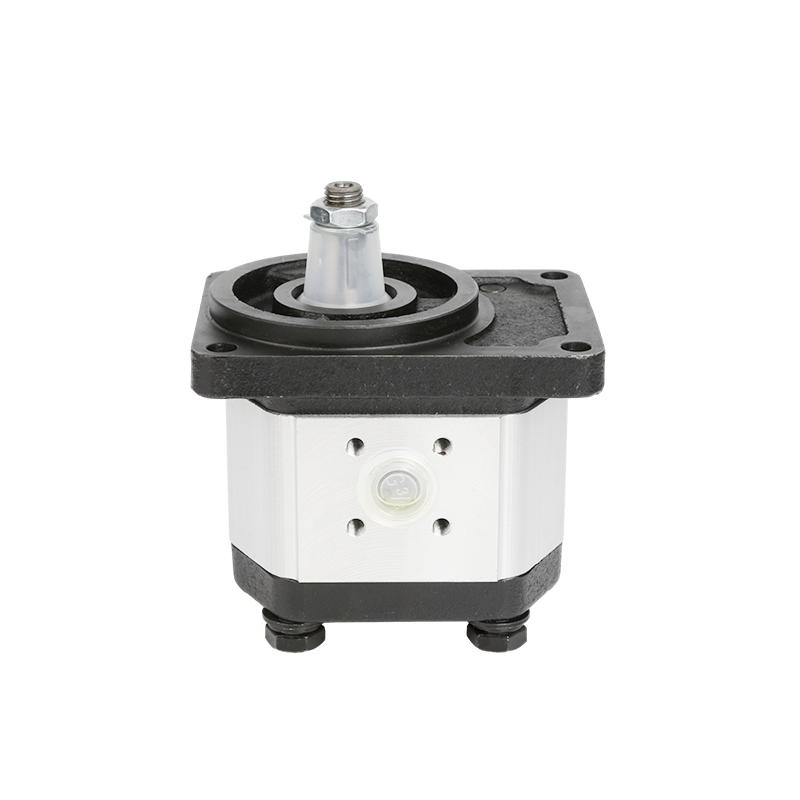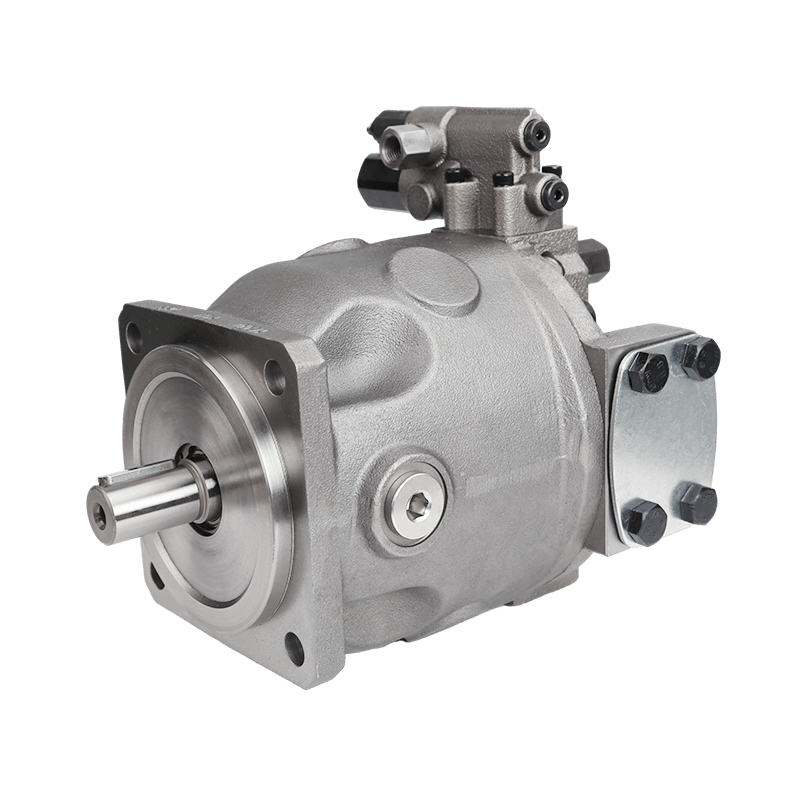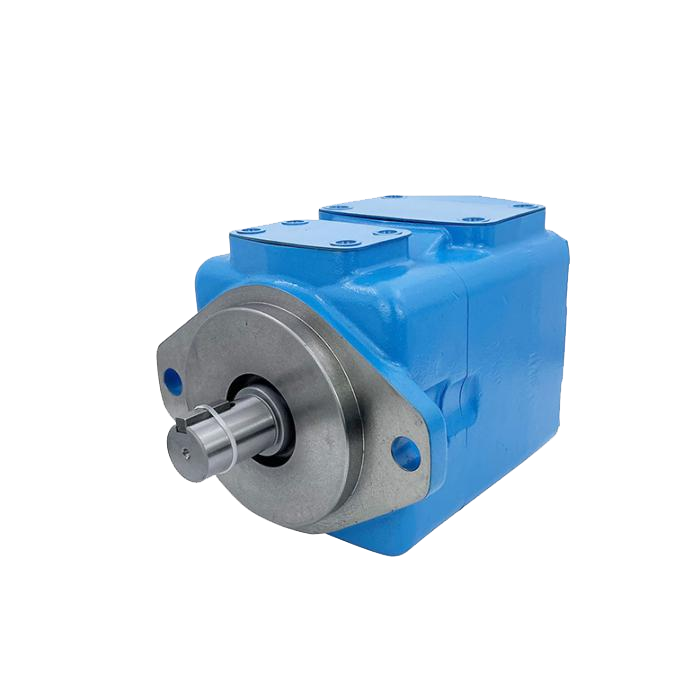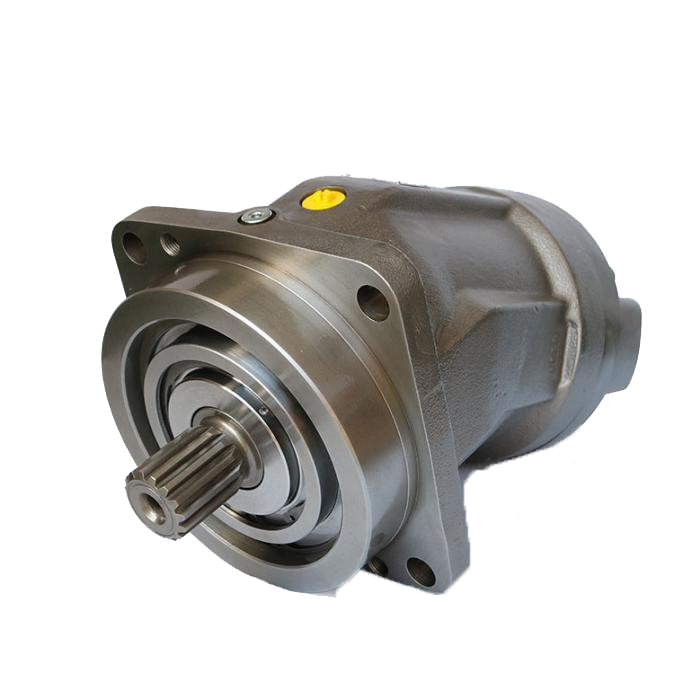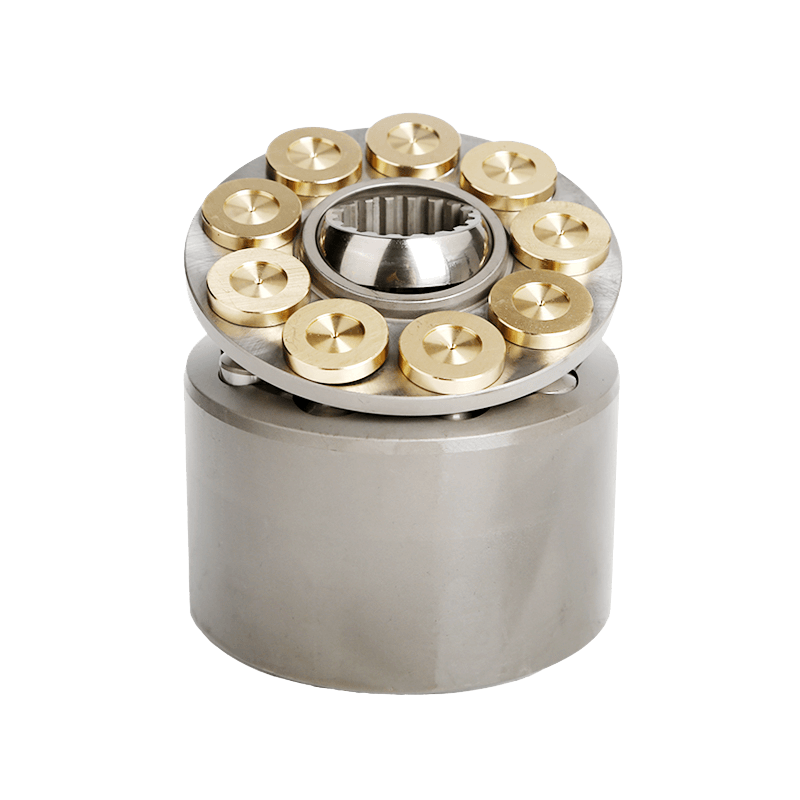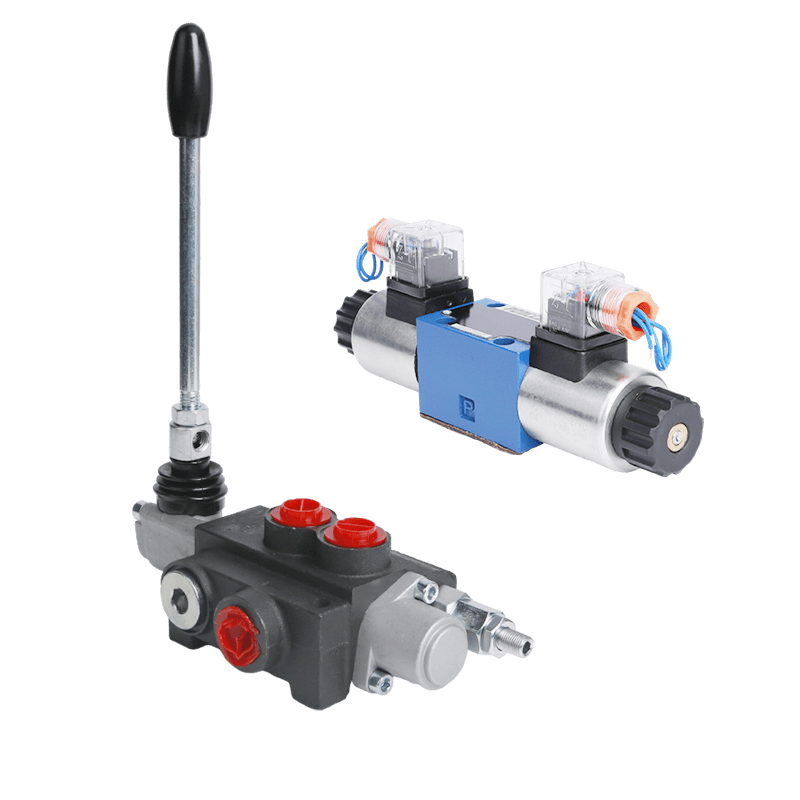Introduction to Internal Gear Pumps
Internal gear pumps are a kind of positive displacement pump. They are used in many fields, such as oil and gas, car manufacturing, food production, and factories. These pumps are very important in systems that require consistent liquid flow. They also produce little noise and work efficiently. They are especially useful in hydraulic systems. In these systems, accurate control and dependability are crucial.
Internal gear pumps use two gears. One gear is inside the other. This special design makes them a top choice for thicker liquids. They are also ideal when low shaking and quiet performance are needed.
At POOCCA, we provide custom hydraulic internal gear pumps. We have more than 20 years of expertise. Our pumps are made with durable materials. They come with a 12-month guarantee. We offer factory-direct prices and quick shipping. This helps businesses worldwide get the gear pumps they need at a great price.
How Does an Internal Gear Pump Work? (Working Principle)
Internal Gear Pump Mechanism
The internal gear pump has two key parts that make it function. The first is the rotor, which is the inner gear. The second is the idler, or the outer gear. These gears are positioned so the inner gear spins the outer gear. As they turn, they capture liquid between their teeth and the pump’s casing.
When the rotor rotates, liquid enters the space between the gears. This space grows larger, creating suction. The suction pulls the liquid in. Then, the gears turn further. They carry the liquid around the pump’s edge. At the output side, the gears mesh again. This pushes the liquid out. Some internal gear pumps use a crescent-shaped seal. It fills the space between the gears. This reduces backflow and improves sealing. This is why the internal gear pump working principle is so effective and steady.
Key Components of an Internal Gear Pump
The main parts of an internal gear pump include the inner rotor. This is the driving gear. It connects to the motor or power source. The outer rotor, or idler, is moved by the inner rotor. These gears are housed in the pump casing. The casing holds everything together. A shaft helps spin the rotor. There are also seals to stop leaks. All these parts work together. They ensure the pump moves liquid in a controlled and reliable way.
Advantages of Internal Gear Pumps
High Efficiency & Smooth Flow
One major advantage of internal gear pumps is their steady and even flow. The gear teeth stay in contact longer than in other pumps. This creates less pulsing. As a result, it protects other parts of the hydraulic system. This makes internal gear pumps perfect for precise and delicate systems.
Compact & Lightweight Design
Internal gear pumps are small in size. They can fit into tight spaces. They are also lighter than external gear pumps. This makes them great for mobile machines or equipment with limited room.
Low Noise & Vibration
Internal gear pumps are quieter than other pump types, including external ones. The internal meshing and slow-moving gears create less noise. They also produce less shaking. This is very useful in places like labs, hospitals, or quiet factories. In these places, noise must be kept low.
Handling High-Viscosity Fluids
These pumps are excellent at moving thick liquids, such as oils, fuels, or heavy fluids. This is why they are often used in fuel transfer systems and lubrication systems. For a gear pump application involving syrup, glue, or oil, internal gear pumps are usually the best option.
Long Service Life & Reliability
The gears are inside the housing. They mesh smoothly. This causes less wear and tear. As a result, the pump lasts longer. It also needs less upkeep. POOCCA hydraulic internal gear pumps are built with high-quality materials. They are tested for top performance and long-term dependability.
Internal Gear Pump vs. External Gear Pump – Key Differences
Design & Mechanism
When comparing internal gear pump vs external gear pump, the gear arrangement is a big difference. In an internal gear pump, one gear is inside the other. However, external gear pumps have two gears side by side. These gears mesh with each other. This design difference affects how the pumps move liquid. It also changes how smooth the flow is.
Performance Comparison
Internal gear pumps create less pulsing. They also run more quietly. They are better at handling thick liquids. Plus, they are more compact. However, they can cost more than external gear pumps. On the other hand, external gear pumps are better for high-pressure systems. They work well with thin liquids. But they are often louder. They also produce more shaking.
So, when choosing between external gear pump vs internal gear pump, consider your system’s needs. Think about quiet performance, liquid type, size, or cost.
Best Applications for Each Type
Internal gear pumps are ideal for systems needing smooth flow and quiet operation. Examples include hydraulic machines, lubrication systems, and fuel handling. External gear pumps are more common in large machines, construction equipment, or systems requiring high pressure.
Common Applications of Internal Gear Pumps
Hydraulic Systems
Internal gear pumps are often used in hydraulic systems. These are found in construction machines, farm equipment, and factory automation. Their strong and steady flow keeps these machines running smoothly.
Fuel Transfer & Lubrication
Internal gear pumps handle thick liquids well. They also produce low noise. This makes them perfect for fuel systems and oil circulation. These systems need consistent and dependable flow. Internal gear pumps provide this very well.
Chemical & Food Processing
In food and chemical industries, internal gear pumps move liquids like glue, chocolate, or syrups. These pumps are easy to clean. They can also be made with food-safe materials. This makes them ideal for these industries.
Choosing the Right Gear Pump for Your Needs
Factors to Consider
When picking a gear pump, think about the liquid type. Thicker liquids often need internal gear pumps. Also, consider the pressure your system requires. If high pressure is needed, external gear pumps may be better. If quiet performance and small size matter, choose internal pumps. Compare the difference between internal and external gear pump features. Look at flow rate, noise, and cost.
Why Choose POOCCA Hydraulic Gear Pumps?
POOCCA offers fully customizable hydraulic internal gear pumps. We help customers find pumps that fit their exact needs. Whether you need a specific size, shape, or connection, we can provide it. Our prices come directly from the factory. There are no middlemen. Plus, we test all pumps. We also offer a 12-month guarantee for peace of mind.
Conclusion
In summary, internal gear pumps are a great choice for many systems. They provide smooth, quiet, and efficient pumping. Compared to external gear pumps, they are better at handling thick liquids. They also work well in small spaces. Plus, they last longer and make less noise.
Whether you’re working with oil, fuel, or chemicals, choosing the right pump is important. POOCCA’s customizable solutions are here to help. From unique designs to long-lasting performance, we are ready to meet your needs.
Need a reliable internal gear pump for your application? Contact us today for expert advice!

